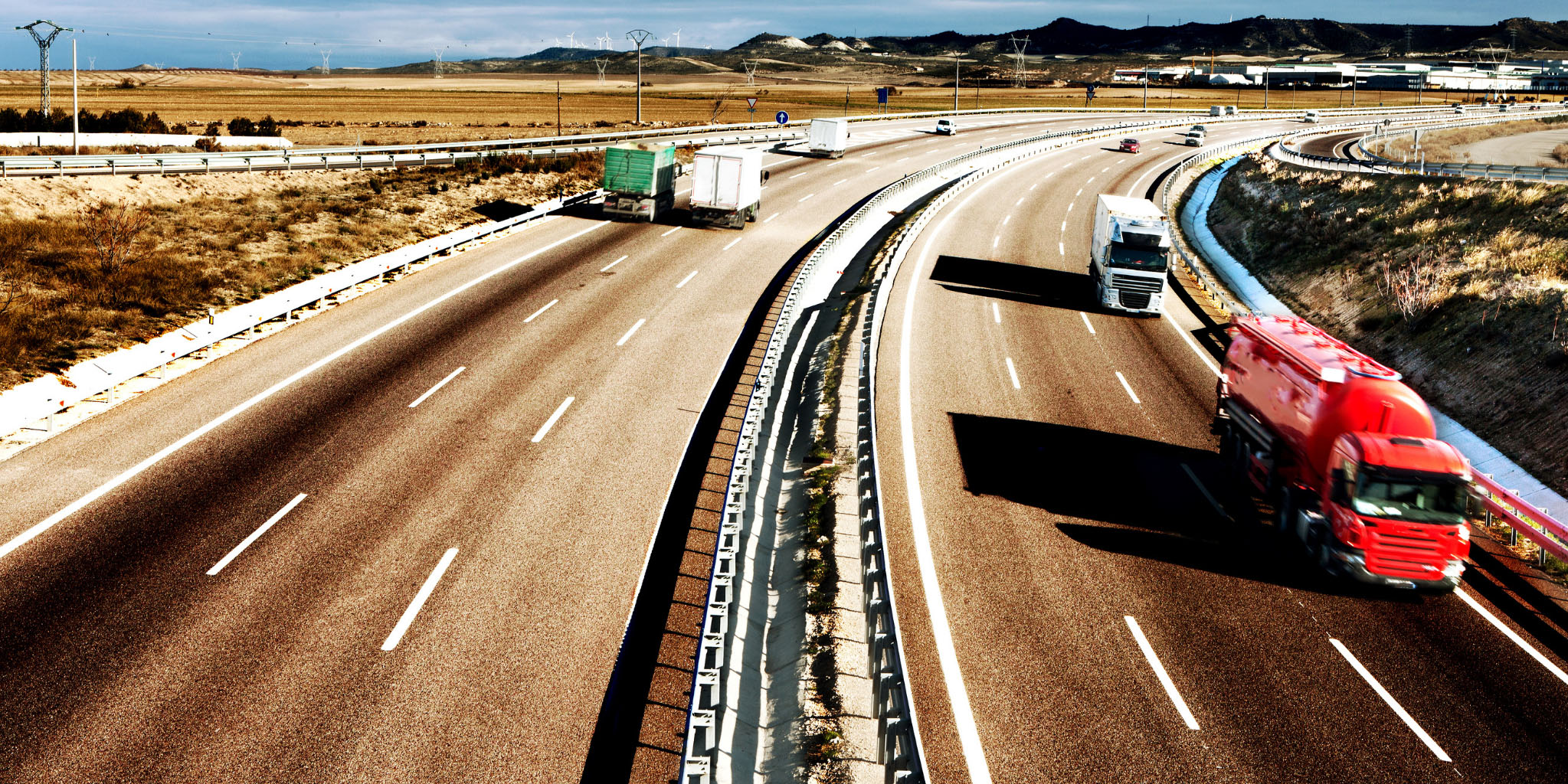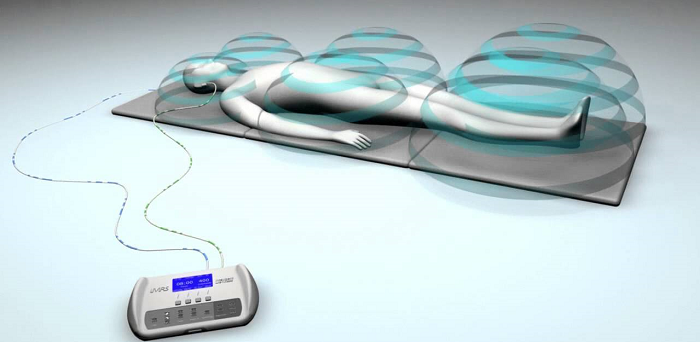It’s a beautiful weekend and you feel like grabbing lunch. So, you hop in your self-driving car and zip over to a fast food restaurant. There, you order your food at a kiosk instead of from a cashier. You can’t help but smile, thinking about how much easier life is with AI. That’s the thing about technology… It’s meant to make our lives more efficient. That’s why we created it in the first place.
But some people would beg to differ – especially those who have worked for years in careers that are now being threatened by the same technology.
When we think of autonomous vehicles, the conversation has largely focused on the application to the everyday driver. What about industry, though? What type of impact – good or bad – might this technology have on the trucking Industry?
The threat of AI in the trucking industry
The immediate reaction of most truckers when AI is brought up:
“If it takes away my opportunity to earn a living, I don’t want to see it happen.”
Self-driving trucks represent one thing to them: Job loss. Many truckers have spent their entire adult lives behind the wheel, and they’re concerned that their jobs may soon cease to exist. What are they supposed to do then?
As humans, some of our greatest fears tend to be of the unknown. If we don’t fully understand something, we feel a loss of control. This usually leads to a lack of trust. When it comes to self-driving vehicles, it’s important to understand the facts before allowing fear to take hold.

The first fact is that we can’t just go from having human drivers to being fully autonomous. It simply doesn’t work that way. There must be a transitional phase to learn how the technology impacts humans and how we can use this technology to help reduce the learning curve associated with the change in what it means to be a driver. This phase of introduction and transition will most likely be a very long one.
Tesla is learning this lesson the hard way. The public really isn’t at the point where they trust Tesla’s self-driving cars because the company hasn’t put humans first in the design process. Highly publicized accidents and lawsuits continue to occur because Human-Centered Design is ignored. You can’t blame people for being skeptical. But when human factors is put in place and a transitional time is taken to truly test and educate, autonomous vehicles will make things better for us. Rest assured that AI needs humans to work, and without us it will never succeed.
Autonomous truck driving will always need humans
As autonomous trucks become mainstream, they will change the paradigm of shipping and delivery. And as the U.S. economy continues to boom, packages are being delivered at an incredible rate. Just look at the food industry, for example. This industry understands that we’re evolving into a society of busy people who want everyday tasks to be made faster and easier… to the point that they are automatic. They understand that we would prefer to spend time with our loved ones rather than sitting in traffic and wasting an hour at the grocery store.
That’s why companies like HelloFresh and Purple Carrot have become so popular. They know what people want and the way to satisfy the need of making life easier – a great example of Human-Centered Design. Local grocery stores are getting in on the action as well, offering same-day delivery to online customers. And then, of course, there’s Amazon. In some U.S. cities, the company offers 1-hour delivery of many goods, while in most others it offers Prime 2-day shipping. If you don’t think truck drivers are needed, you couldn’t be more mistaken! In 2017 alone, trucks handled 10.73 billion tons of goods, and that number is expected to skyrocket.
When it comes to long hauls, self-driving trucks will ease exhausting trips for drivers – making long trips more manageable and safer. It will also potentially increase the number of trucks on the road and shipments because the number of hours a human can be driving and remain safe and alert is no longer a direct variable. Human drivers will still have to monitor these vehicles and be inside the cab to manage deliveries, but there will be more and more driver-monitors needed. And when it comes to short hauls, drivers will most likely find more local driving jobs and supervisory roles opening. These jobs will allow drivers to stay closer to their families. Local driving will continue to remain a challenge for autonomous trucks for a very long time. The technology to navigate busy streets, to back into docks and to load and unload shipments is a long, long way off.
Uber Technologies Inc., a self-driving truck developer, believes that transfer hubs for long-haul self-driving trucks will greatly increase the demand for drivers. Several months ago, they posted a blog that talked about how autonomous trucking will improve the efficiency of freight transportation in addition to creating highly sought-after trucking jobs. They even made the case that the trucking industry will have to recruit 900,000 new drivers over the next 10 years just to replace retiring drivers and to handle high freight volumes.
“To meet this demand, the trucking industry will need to evolve,” Uber said in the blog post. “Driving jobs must become more appealing and accessible to attract a younger demographic, and the industry must become more efficient. We think that self-driving trucks can help.”
The trucking industry is at a crossroads. They have a unique opportunity to get ahead of the tidal wave of needs that will be created by the autonomous capability. What does “getting ahead” of the technology mean? It means spending time delineating those roles that only humans can do, identifying the new positions that don’t currently exist and working with the truckers on the line to predict where there will be challenges transitioning to an autonomous model.
The future for truckers is bright.
Regardless of some scary-sounding news reports in recent years, autonomous trucks don’t represent the end of the road for truckers. People just need to understand the technology, how it fits into their lives and how it creates future opportunities. That’s where Human-Centered Design comes into the picture. When self-driving trucks are designed with human factors in mind, they will help truckers to be more productive by focusing on the tasks that only they can do. This, in turn, will make anyone receiving a delivery more productive because of reduced shipping times, less errors and increased efficiency of the entire shipping process end-to-end. Eventually, the most successful autonomous technology will incorporate a balance between the human and the machine that optimizes both and mitigates the potential negative outcomes of too much of a good thing.






